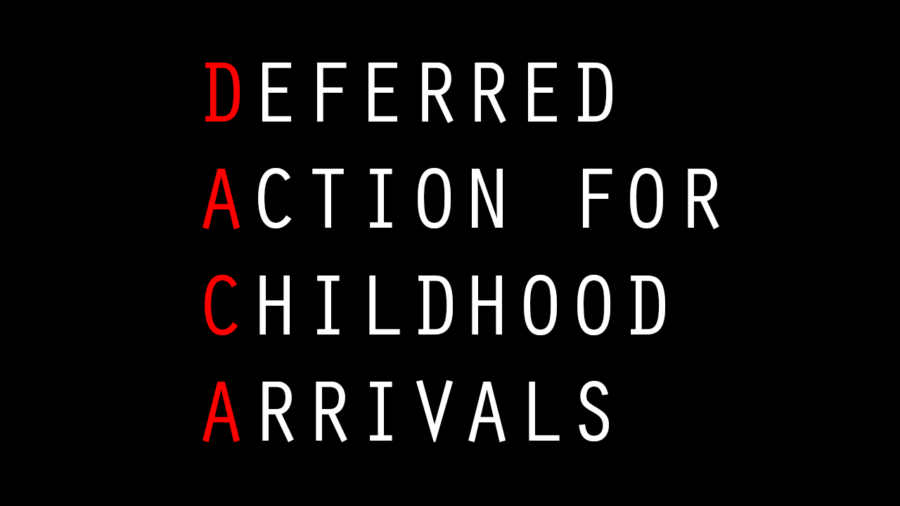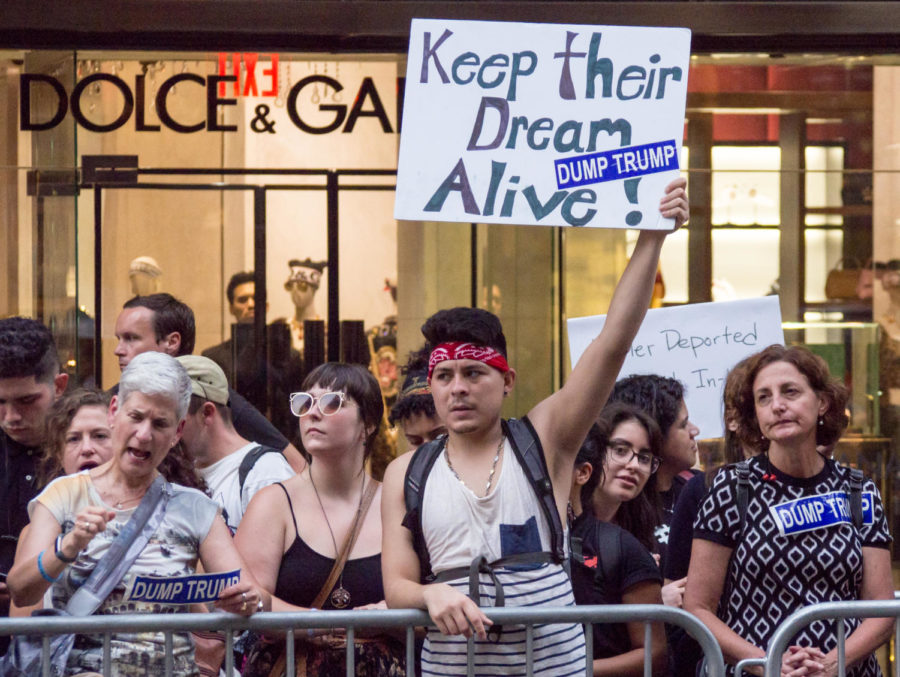Why the government shut down.
Feb 9, 2018
The U.S. government shut down at midnight on Friday, Jan. 19 due to a disagreement on budgeting in the Senate and the House of Representatives. Congress temporarily ended the shutdown on January 22.
Every year since 1976, Congress gets together to make a deal to decide on the annual federal budget. If Congress can’t agree on a budget, it forces a government shutdown. The Trump Administration has been pushing for the repeal of DACA (Deferred Action for Childhood Arrival), a program put into place by the Obama Administration to allow undocumented immigrants who come to America under the age of 18 to stay in the U.S. When democrats found out that the budget did not include it, they decided not to agree to the bill. “The simple truth is that Democrats brought their shutdown to an abrupt end because realized they couldn’t win it,” New York Magazine reporter, Eric Levitz, said.
According to a poll conducted by the SSRS, and published by CNN: 56% of people said that avoiding a government shutdown was top priority, leaving 34% finding the funding of DACA to be priority over the end of a shutdown, and only 10% blaming everyone involved for the shutdown.
Any nonmilitary government employees that Congress deems “nonessential” are to go without pay during a shutdown. They also may not return to work during the shutdown, which can lead to many issues. For example, an IT worker at a hospital may not come into work to fix a broken phone system. This issue may still be resolved, but without the specialists doing their job, it may become more difficult to communicate within the aforementioned hospital, to include incoming and outgoing calls that may be necessary.
“Pull their paychecks during the shutdown, watch how fast they get it fixed,” Mr. Joshua Hazelrigg, history and U.S. government teacher at WCHS, said referring to Congress members.
Mr. Hazelrigg believes that the temporary bill is “great for our area because it keeps people working at the [Wright-Patterson] base getting paid,” but overwell said the shutdown is not a good thing because “nothing was resolved.” He said that instead of a quick fix, it’s better to find an actual solution because the disagreements that cause shutdowns hurt everyone, specifically with trade and our economy.
The government, after three days, started back up. The budget still has not been decided, but a temporary solution to funding was found with the Stopgap Spending Bill, a temporary budgeting bill to avert government shutdowns. This allowed the furloughed government employees to return to work that Tuesday. At the time of publication, Congress was meant to resolve the issue by midnight on Feb. 8, 2018.
In the 2013 shutdown, the government furloughed about 400,000 of its employees, according to Federal News Radio.


